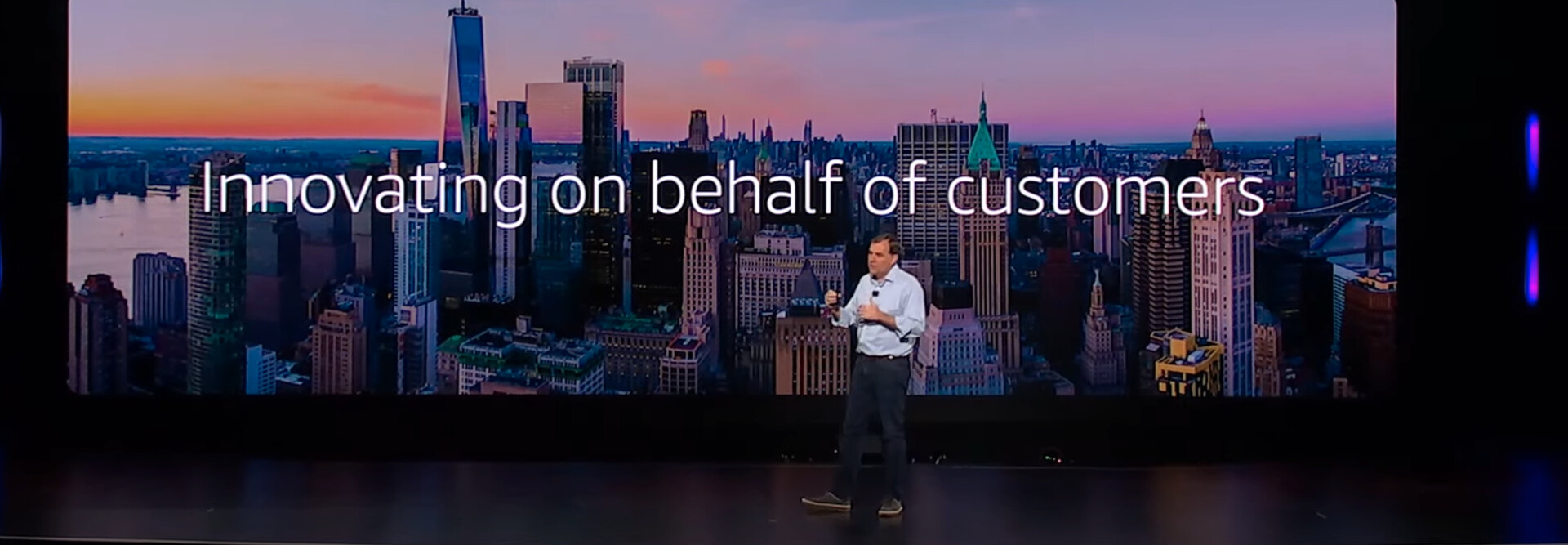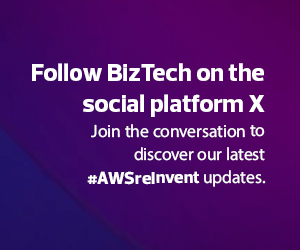The company’s announcements this week are designed to extend what Garman described as its lead as the provider of the world’s most robust and extensive cloud computing options, many of which are found on Elastic Compute Cloud (EC2), its flagship cloud platform. Garman described a raft of new tools available to developers, especially those designed to help them build and train AI models.
“We offer more compute instances than any other provider, and it all starts with EC2,” Garman said. He noted that, in total, AWS offers 850 instance types: “What that means is you can always find the right instance type for the workload that you need. And we work hard to make sure you always have the latest technology, so you always have instances with the latest advancements from Intel, AMD or NVIDIA.”
LEARN MORE: Master the art of cloud management with CDW’s Inscape platform.
How AWS Works with (and Competes with) AI Chip Makers
Those three companies — especially NVIDIA — are the world’s most prominent producers of microchips for the AI era.
“Today, by far the biggest compute problem out there is generative AI, and the vast majority of generative AI workloads today run on NVIDIA GPUs,” he explained. “AWS is by far the best place to run graphics processing unit workloads, and part of the reason is that AWS and NVIDIA have been partnering for 14 years. In fact, NVIDIA actually chose AWS as the place to run its own AI workloads.”
On EC2, AWS will launch P6 instances on NVIDIA’s new Blackwell line of GPUs and will also launch new AMD instances. Perhaps more important from AWS’ perspective, Garman also announced the general availability of instances using AWS’ own AI chip, Trainium 2. In a release, AWS said, that Trainium 2 chips “offer 30-40% better price performance than the current generation of GPU-based EC2 instances.”
Garman said the company is now hard at work on its Trainium 3 line, which will double Trainium 2’s computing power when it becomes available next year.














